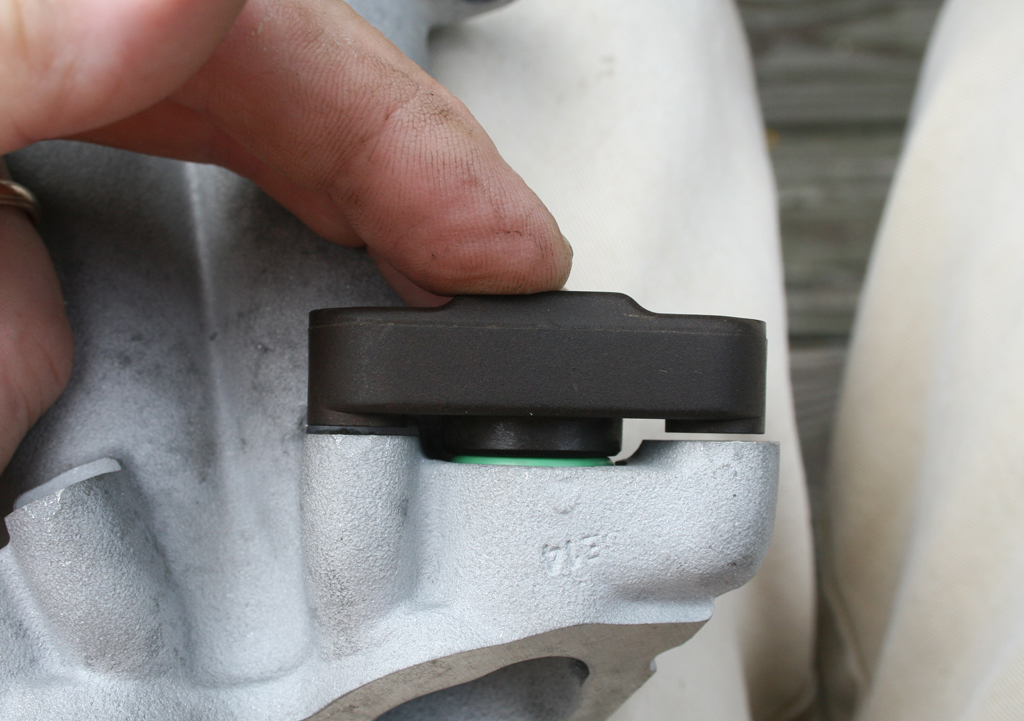You could try the "tickle" technique or the "tapetty-tap-tap" technique to try to coax injectors to somewhat function after a long slumber.
The tapetty-tap-tap technique has you placing a longer object (say a wooden dowel or long screwdriver) against a part of an injector you can reach, and then just lightly tap-tap-tap with a small hammer, the idea being the love-taps will help to free up the plungers inside the injector.
The tickle technique harnesses the power of a typical 9v "transistor radio" battery (wow that sounds ancient LOL). You unplug the injector's connector, and then use a fresh 9v battery to energize the plunger coil in the injector. You can rig up a harness with scrap wire or pick up a generic Bosch FI slash EV-1 pigtail connector at a parts store. The tickle part comes from how you energize it---you contact and release one of the wire leads to one of the battery terminals as rapidly as you can, 2-3-4 times per second. In VERY quite surroundings you can hear the injector click.
View attachment 37539
Tried tickling the injector on the right side (easiest to access).
I put my ear as close to the injector as I could when I did it, but I didn’t hear any clicking or movement.
If it’s popping open, I should probably be able to hear it, no?
I have a feeling these suckers are really gummed up.
Only one way to find out now..



